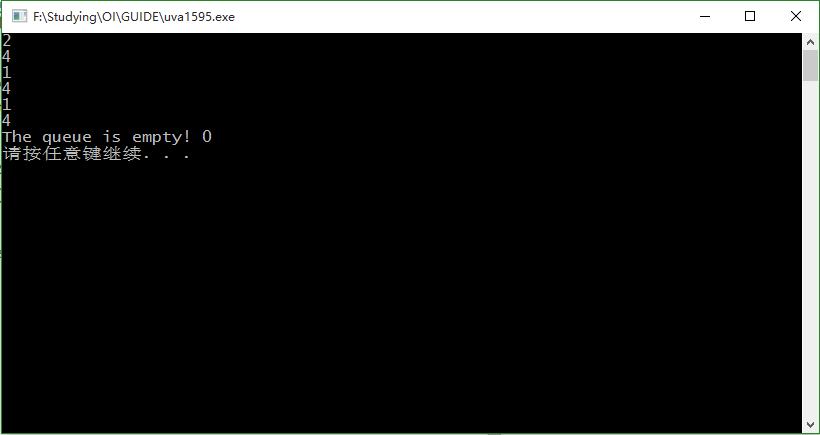STL:雙端佇列
阿新 • • 發佈:2019-01-29
雙端佇列是STL中queue的“高階版”,一般佇列只支援從一個方向“先進後出”,而雙端佇列deque支援從兩個方向插入和彈出元素
定義:
#include <queue>
using namespace std;
int main()
{
deque<int> a;
return 0;
}
當然這裡的int可以換成其他型別,double、long、char、string、甚至是自定義型別。
操作:
(由於時間有限,只寫出與競賽有關的操作)
#include <queue>
#include <cstdio>
#include <cstdlib> 輸出結果:
值得一提的是,deque也可以像陣列一樣,通過dq[i]這種形式,訪問元素。
效率:
deque在首尾插入等操作方面是幾乎不耗時的,但初始化就不一定了:據說有人測過n=10^6時要0.3秒? 還有沒介紹的中間插入和刪除,如果你用了,那麼卡個評測機幾分鐘應該是沒問題的……(原理就像vector,中間插入需要移動大量元素)
所以,還是那句話:能不用STL儘量別用,還是老老實實開陣列或者用vector吧……

